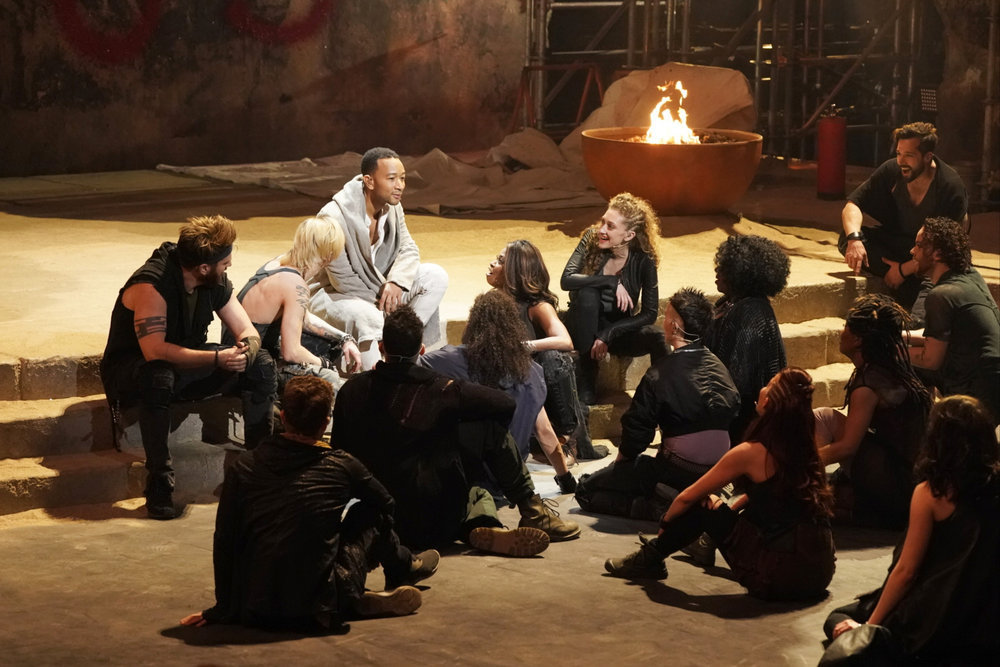I do not love Paul Simon’s new album, but I certainly admire it. The pieces on the album are reworkings of older Simon songs and not all the adaptation quite work. But, that is beside the point. The album is bold, interesting and thoughtful.
The release of “In the Blue Light” coincides with Simon’s farewell tour and it’s a fitting capstone to his career. It exemplifies the two traits that define his music: experimentation and craftsmanship. The songs on the album are evocative and the arrangements are striking. Furthermore, they are performed by an array of iconic jazz musicians. Guest stars include, but are certainly not limited to, trumpeter Wynton Marsalis, saxophonist Joe Lovano, guitarist Bill Frisell and drummer Jack DeJohnette. “In the Blue Light” isn’t really a jazz album in the conventional sense; it is a potpourri of genres, ideas and traditions. It is the type of all-embracing, idiosyncratic album that only Simon could have created.
Simon’s propensity to experiment is commendable. That being said, I do not like all of his experiments equally. In fact, I must admit a prejudice: I prefer Simon’s earlier, more melodic songs. When Simon recorded “Graceland” in 1986, he began to center his music on production and arrangement. Until then, the majority of his recordings, both with and without Garfunkel, had been song-based.
My favorite songs on “In the Blue Light” are relics of this earlier era. I’m not sure if this is because of my aforementioned prejudice or because of the arrangements themselves, but whatever it is, I find these tracks the most impactful. The best of them is “Renee and Georgette Magritte with Their Dog After the War,” originally from 1983 album “Hearts and Bones.” It’s a song about a time-traveling, country-hopping surrealist painter – Rene Magritte – who listens to doo-wop with his wife and dog. It is a funny song, yet haunting and sad at the same time. It’s about alienation, yearning and all the other themes that Simon writes about so well. The strings and echoing guitars suit it well. It does not surpass the original recording, or the equally good demo recording, yet it’s an arresting version.
My other favorite track is also about yearning. It is called “How the Heart Approaches What it Yearns” and it is from the 1980 movie musical and album “One Trick Pony.” The expansive jazz accompaniment compliments the song’s searching lyrics.
The other songs on the album are compelling but not as focused. Yet, there’s something beautiful in each one of them. There’s a swelling bridge in “Love,” frantic strings in “Can’t Run But,” exuberant dixieland accompaniment in “Pigs, Sheep and Wolves” and conversing guitar lines in “The Teacher.” The only adaptation that I truly do not understand is “One Man’s Ceiling is Another Man’s Floor.” I suppose that I cannot review that song fairly though; I find the original recording from the 1973 album “There Goes Rhymin’ Simon” so energetic that the slowed down version feels tasteless.
“In the Blue Light” is unlike any other album of popular music and none of my critiques should dissuade you from listening to it. My perspectives on the songs will surely change over time just as Simon’s have. It is not a perfect album, but it’s not supposed to be. It is a demonstration of why Simon is a great artist: because he is willing to fail.
Jonah Dratfield can be reached at [email protected].



















